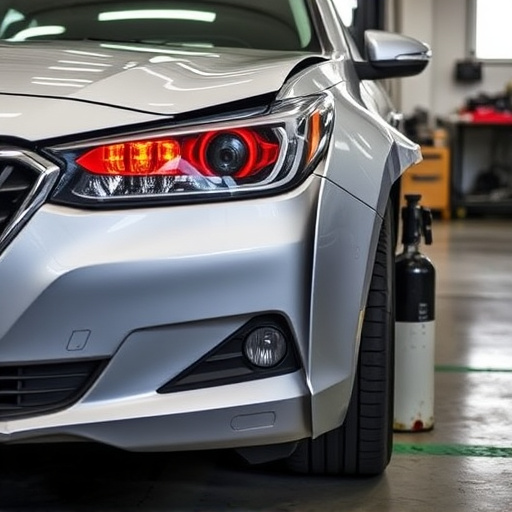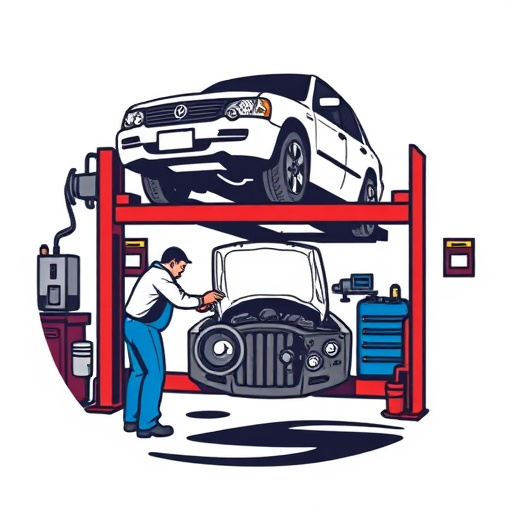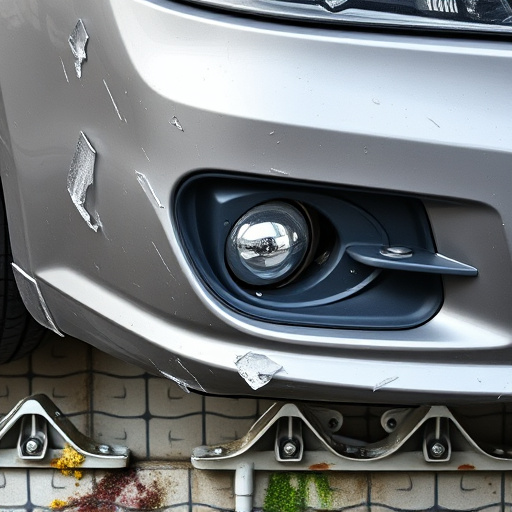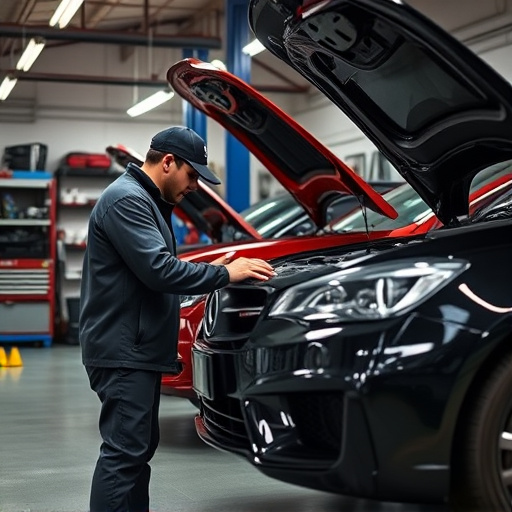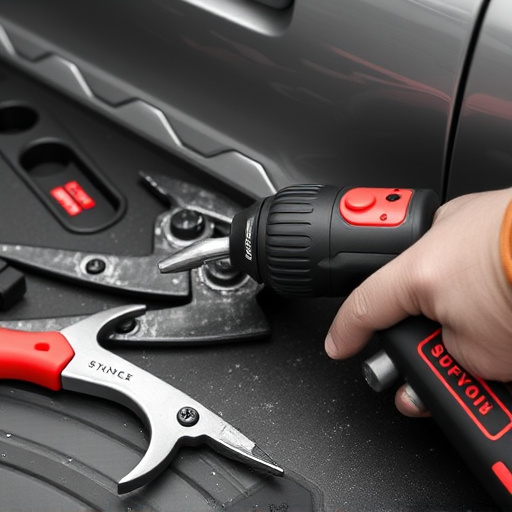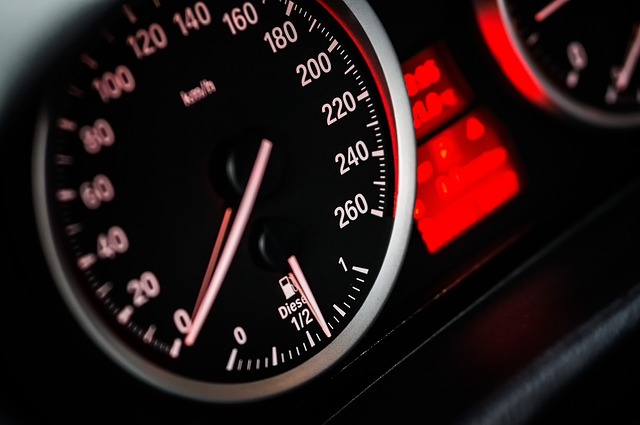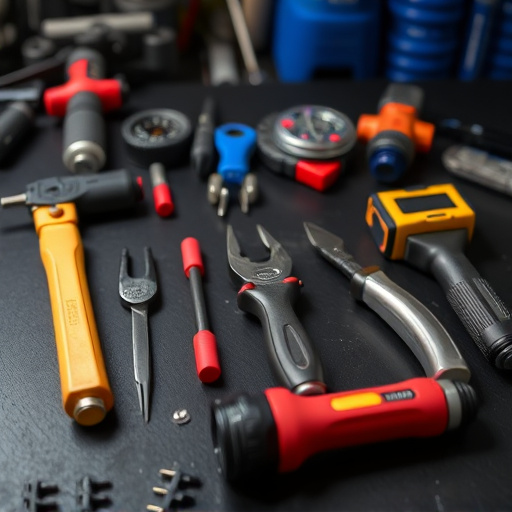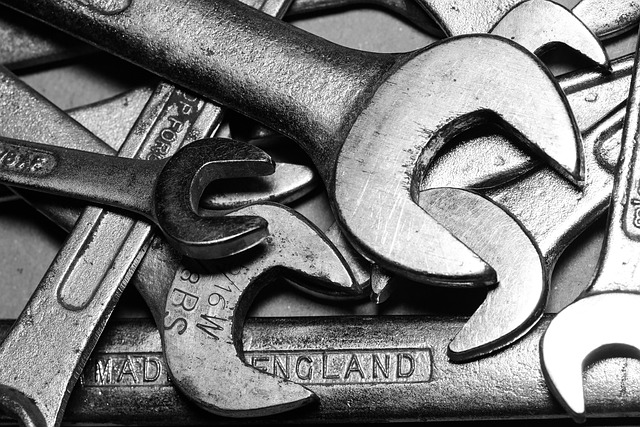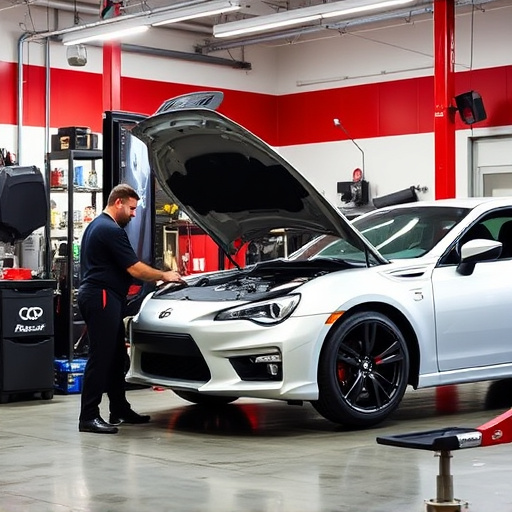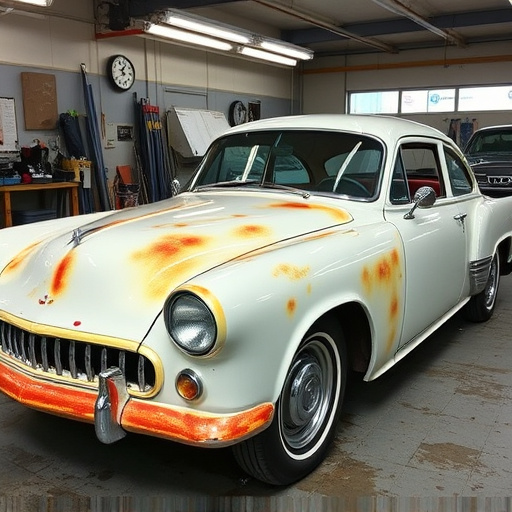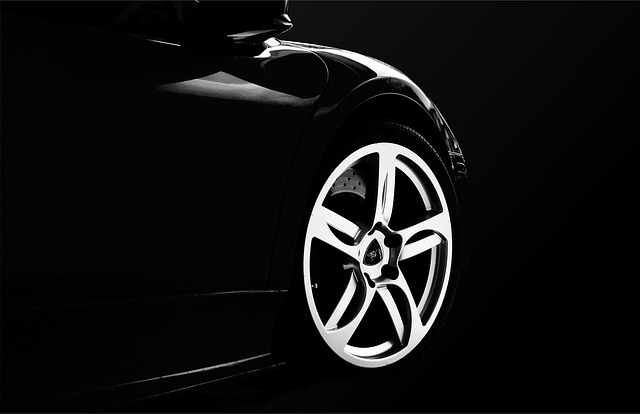Corrosion, a natural chemical reaction with water and oxygen, deteriorates metal structures over time, requiring corrosion protection in industries like vehicle repair and restoration. This process weakens materials, causing aesthetic damage or mechanical failure. Chemical methods, including coatings, inhibitors, and converters, create protective barriers to prevent degradation, while physical barriers like wraps and membranes safeguard metal surfaces from corrosive elements.
Corrosion, an insidious process that eats away at materials, poses significant challenges across various industries. Understanding its causes and effects is paramount in implementing effective corrosion protection methods. This article delves into two primary categories of corrosion defense: chemical interventions and physical barriers/coatings. By exploring these strategies, we equip readers with a comprehensive toolkit to safeguard against this relentless destroyer, ensuring the longevity of critical infrastructure and assets.
- Understanding Corrosion: Causes and Effects
- Chemical Methods for Protection
- Physical Barriers and Coatings: A Comprehensive Look
Understanding Corrosion: Causes and Effects
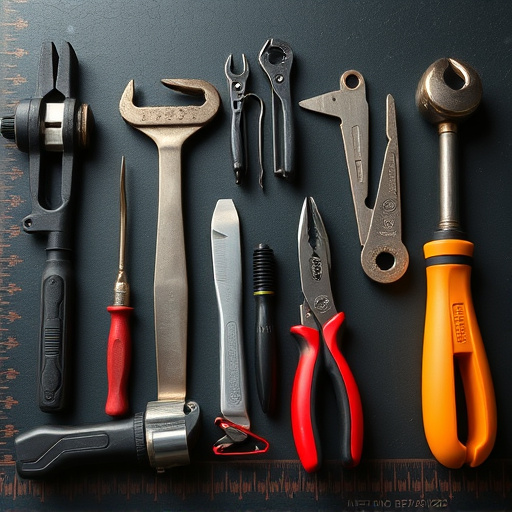
Corrosion is a natural process that occurs when certain materials interact with substances like water and oxygen, leading to deterioration over time. In the context of corrosion protection, understanding these causes is paramount. Metal surfaces, commonly used in vehicle repair and car body restoration, are susceptible to corrosion due to their inherent reactivity. Once started, corrosion can have severe effects on structural integrity, reducing the lifespan of materials in everything from auto repair shop equipment to vehicles.
It manifests as a chemical reaction that weakens metals, ultimately leading to failure. The effects of corrosion range from aesthetic damage, such as rust spots and peeling paint, to more substantial issues like weakened mechanical components. Prompt corrosion protection measures are essential to prevent these detrimental impacts, ensuring the longevity of metal structures in various applications, including automotive repairs and restoration projects.
Chemical Methods for Protection
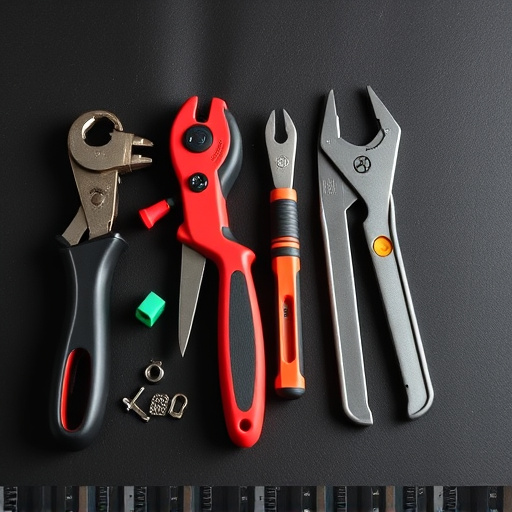
Corrosion protection is a critical aspect of maintaining various materials and structures, especially in harsh environmental conditions. Chemical methods have emerged as powerful tools to combat corrosion, offering long-lasting solutions for different applications. These techniques involve the strategic application of chemical compounds to create protective barriers on surfaces, preventing metal degradation. One common approach is the use of coatings, which can be applied to auto glass replacement and automotive body shop repairs to shield them from corrosive elements.
Additionally, inhibitors and converters are utilized to neutralize or alter corrosion-causing reactions. Inhibitors prevent corrosion by blocking active sites on metal surfaces, while converters react with corrosives to form less harmful compounds. This method is particularly effective in mitigating hail damage repair issues, ensuring the longevity of structures and components across various industries. Chemical treatments provide a range of options for corrosion protection, catering to specific needs and environments, from outdoor infrastructure to delicate automotive parts.
Physical Barriers and Coatings: A Comprehensive Look
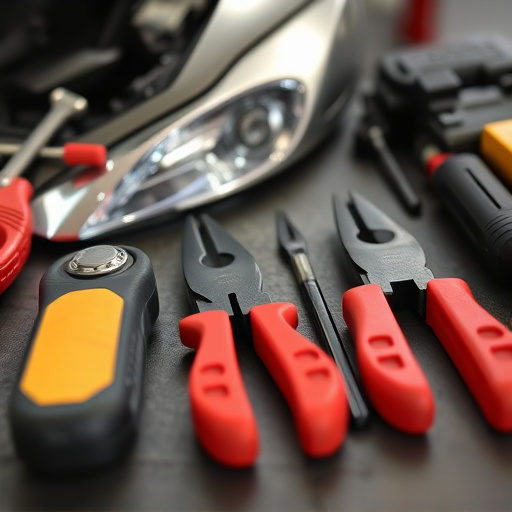
Physical barriers and coatings are among the most commonly employed methods for corrosion protection. These techniques form a protective layer over metal surfaces, preventing direct contact with corrosive elements like moisture, salt, and chemicals. In the context of vehicle repair services and car bodywork services, these protective layers are vital to maintain the integrity and aesthetics of vehicles over time.
Coatings, ranging from paints to specialized polymeric films, offer a decorative finish while safeguarding against rust and corrosion. For instance, car dent repair often involves applying high-quality coatings to restore not just the physical appearance but also the structural soundness of vehicle panels. Physical barriers, such as wraps and membranes, create an additional layer of defense by blocking corrosive substances from penetrating the metal surface, making them highly effective for various industrial and automotive applications.
Corrosion protection is a multifaceted approach, encompassing both chemical and physical barriers. By understanding the causes and effects of corrosion, we can effectively implement these modern methods to safeguard materials and infrastructure. Chemical treatments offer powerful solutions, while physical barriers and coatings provide an additional layer of defense. Combining these strategies allows us to mitigate corrosion’s impact, ensuring longevity and preservation in various industries.
